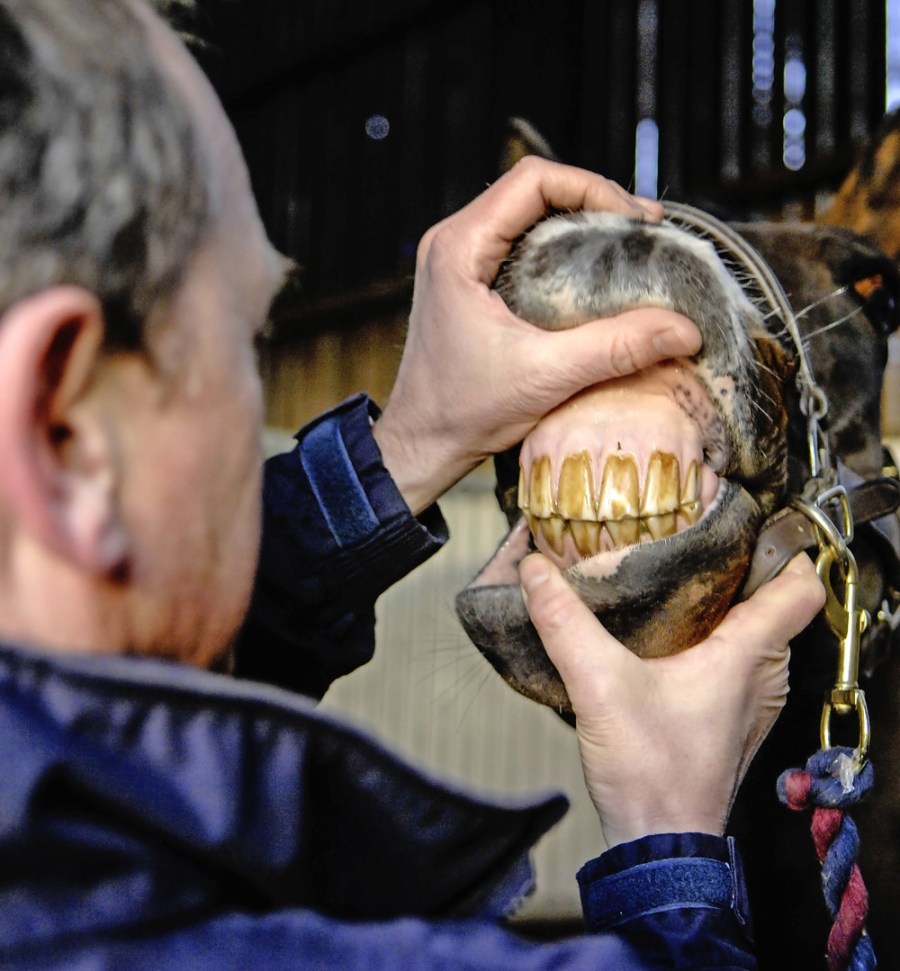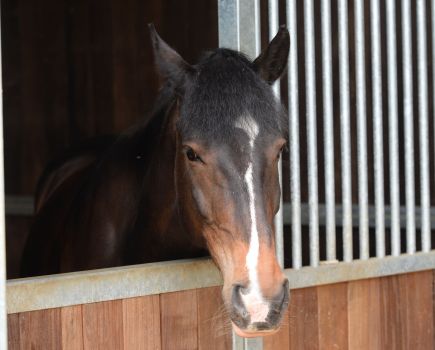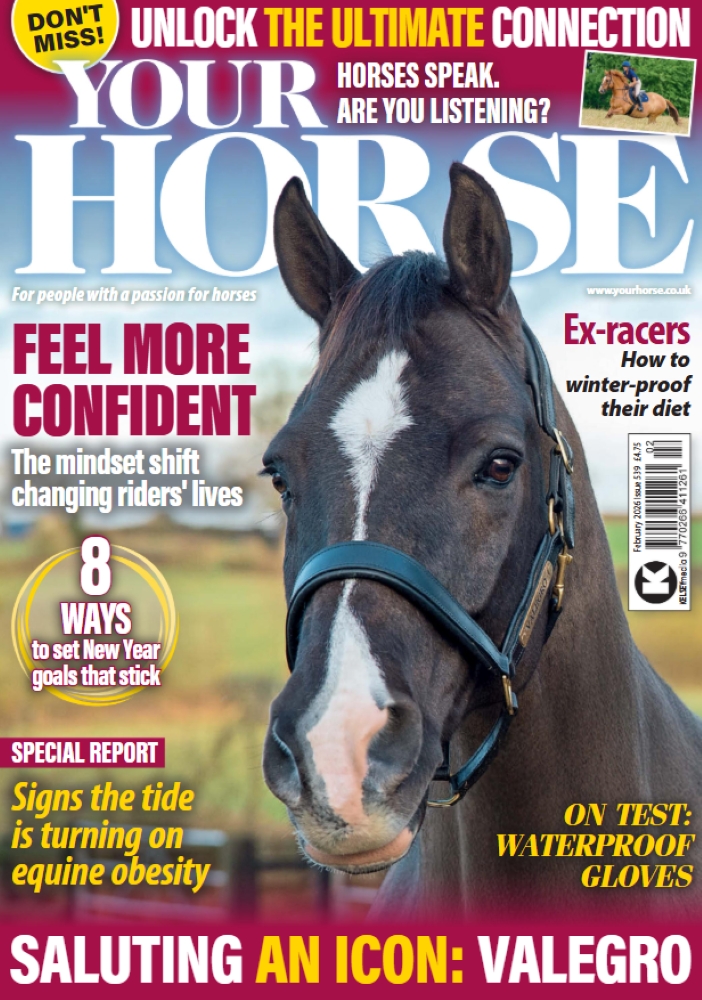Tooth decay – known as dental caries to vets – is a condition where dental tissues in the horse’s mouth have been eroded and can lead to problems including infection and tooth fracture.
The definitive cause for tooth decay is unknown, but it’s highly suspected that it’s a result of changes in the pH of the horse’s mouth.
It’s thought that bacteria ferment food in the horse’s mouth and produce acid, lowering the pH.
Normally, the saliva of a horse helps to slow down decay by neutralising and maintaining the correct pH balance.
Horses that graze for most of the day (i.e. when they are turned out) produce saliva continuously to help digest their food and maintain a stable pH in their mouth.
What are the biggest risks for tooth decay?
When you stable a horse for long periods of time, it puts them at risk to decay as they’re grazing less and producing less saliva, causing a pH imbalance in their mouth.
Along with stabled horses, dental decay is most common in high-performance horses, such as event and racehorses.
This is because they’re fed fermented foods and a diet that is high in sugar to give them bursts of energy.
How does tooth decay happen in horses?
There are typically two types of tooth decay seen in horses – on the sides of the teeth (peripheral caries) and in an area of the upper cheek teeth called the infundibulum (infundibular caries).
Tooth decay on the sides of the teeth causes small holes when food can become trapped.
Decay in the infundibulum of the upper cheek teeth happens when food gets stuck in the foldings of enamel (infundibulae).
There are very few symptoms that can be seen from the outside. It’s often not until your equine dentist looks inside your horse’s mouth that they’ll see decay.
In serious cases of tooth decay, the tooth becomes fractured as a result and you may notice that your horse has suddenly gone off his food and looks uncomfortable eating. Fracture also makes wearing a bridle uncomfortable and your horse may start quidding too.








